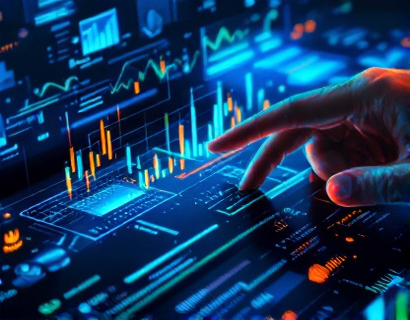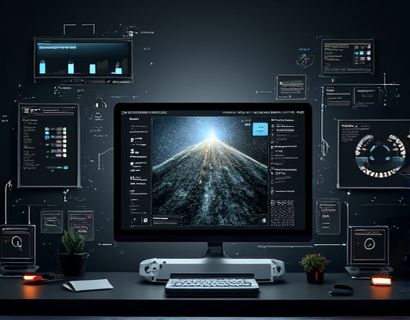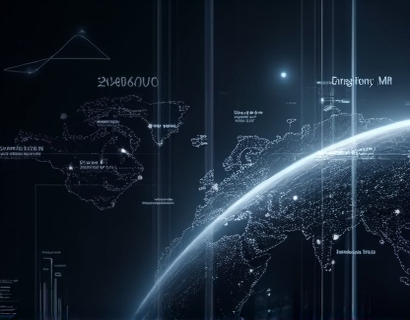Maximizing Aquaponics Business Success with Advanced Management Software
In the rapidly evolving world of sustainable agriculture, aquaponics stands out as a promising method that combines fish farming and hydroponic plant cultivation in a symbiotic environment. For aquaponics businesses, managing the intricate balance between water quality, fish health, and plant nutrition is crucial for success. Advanced management software plays a pivotal role in streamlining operations, boosting productivity, and enhancing sustainability. This article delves into how sophisticated software solutions can transform aquaponics management, providing tools for precise monitoring and control, and fostering a more sustainable future in farming.
Understanding the Challenges in Aquaponics Management
Aquaponics systems, while highly efficient, come with unique challenges that require meticulous management. Maintaining optimal water parameters, such as pH, ammonia, nitrite, and nitrate levels, is essential for the health of both fish and plants. Any deviation can lead to stress or disease, impacting the entire ecosystem. Additionally, managing feed input, monitoring growth rates, and ensuring efficient nutrient uptake are critical tasks that demand attention and precision. Traditional manual methods of monitoring and adjusting these parameters are time-consuming and prone to human error, making the need for advanced management software evident.
Streamlining Operations with Advanced Software
Advanced management software is designed to address these challenges by providing a comprehensive platform for monitoring and controlling all aspects of the aquaponics system. These tools offer real-time data collection and analysis, allowing farmers to make informed decisions quickly. Key features include automated sensors that continuously monitor water quality parameters, temperature, and light levels, ensuring conditions remain within optimal ranges. This constant surveillance helps prevent issues before they escalate, reducing stress on the system and improving overall health.
Moreover, the software integrates with control systems to adjust parameters automatically. For instance, if the pH level drops below the desired range, the system can automatically add alkaline substances to correct it. This automation not only saves time but also ensures that conditions are maintained consistently, which is vital for the well-being of both fish and plants. The software also provides historical data and trends, enabling farmers to track the system's performance over time and make data-driven adjustments.
Boosting Productivity Through Optimized Conditions
One of the primary goals of aquaponics is to maximize yield while minimizing resource use. Advanced management software contributes to this objective by creating an environment where fish and plants thrive. By maintaining optimal water conditions, the software ensures that fish grow healthily and efficiently, leading to higher biomass production. For plants, the precise control of nutrient delivery and water quality promotes rapid growth and higher yields. The software can also schedule feeding times and monitor feed conversion ratios, helping farmers optimize feed usage and reduce waste.
Another significant benefit is the ability to manage multiple systems simultaneously. For larger operations, having a centralized platform to monitor and control several aquaponics units saves time and reduces the risk of oversight. This is particularly useful for businesses expanding their operations or managing multiple locations. The software can handle data from various systems, providing a unified view and streamlining management tasks.
Enhancing Sustainability with Data-Driven Insights
Sustainability is a core principle of aquaponics, and advanced management software plays a crucial role in achieving this goal. By providing detailed insights into resource usage and system performance, the software helps farmers minimize their environmental footprint. For example, precise nutrient management reduces the need for chemical inputs, and efficient water use minimizes waste. The software can also track energy consumption, helping farmers identify areas for improvement and implement more sustainable practices.
Furthermore, the data collected can be used to conduct environmental impact assessments and demonstrate compliance with regulatory standards. This transparency can enhance the reputation of aquaponics businesses, appealing to consumers who prioritize sustainable products. The software's ability to generate reports and visualizations makes it easier to communicate these efforts to stakeholders, including investors, customers, and regulatory bodies.
User-Friendly Interfaces for All Levels of Expertise
Advanced management software is designed to be accessible to users with varying levels of technical expertise. Intuitive interfaces and user guides ensure that farmers can navigate the platform with ease, even if they are not tech-savvy. This accessibility is crucial for widespread adoption, as it allows small-scale and new entrants to benefit from the same advanced tools as larger operations. The software often includes training resources and customer support to help users get started and troubleshoot any issues.
Additionally, the software can integrate with other farm management tools, such as inventory management and sales tracking systems. This integration provides a holistic view of the business, from production to sales, enabling farmers to optimize their entire operation. For instance, knowing the exact nutrient levels and plant growth rates can inform marketing strategies, highlighting the quality and sustainability of the produce.
Scalability and Flexibility for Growing Businesses
As aquaponics businesses grow, their management needs evolve. Advanced management software is built to scale, accommodating the increasing complexity of larger operations. Whether a business is just starting or expanding, the software can adapt to meet changing requirements. Scalability ensures that the investment in management tools remains valuable over time, providing long-term benefits.
Flexibility is another key feature, as different aquaponics systems may have unique configurations and requirements. The software can be customized to fit specific setups, from simple backyard systems to large commercial operations. This adaptability makes it a versatile solution for a wide range of aquaponics businesses, regardless of size or complexity.
Case Studies and Real-World Applications
Several aquaponics farms have successfully implemented advanced management software, achieving significant improvements in efficiency and sustainability. For example, a mid-sized farm in the United States reported a 30% increase in fish biomass and a 25% reduction in nutrient waste after integrating an advanced monitoring system. The farm's owner attributed these gains to the ability to maintain optimal conditions consistently and make data-driven decisions quickly.
Another case involves a large commercial operation in Europe that used the software to manage multiple interconnected aquaponics units. The centralized platform allowed the farm to monitor and adjust conditions across all units in real-time, leading to uniform quality and higher overall yields. The farm also saw a reduction in energy consumption due to more efficient system operations, contributing to their sustainability goals.
Future Trends and Innovations
The integration of advanced management software in aquaponics is just the beginning. Future trends include the incorporation of artificial intelligence and machine learning to predict system behavior and optimize operations further. AI can analyze vast amounts of data to identify patterns and suggest proactive measures, reducing the need for manual intervention. Additionally, the use of IoT (Internet of Things) devices will enhance connectivity, allowing for seamless data exchange between different components of the system.
Another area of innovation is the development of user-friendly mobile applications, enabling farmers to monitor and control their systems on-the-go. This convenience is particularly valuable for farmers who need to manage multiple locations or respond to issues promptly. As technology continues to advance, the potential for even more sophisticated and efficient aquaponics management solutions is vast.
Conclusion
Advanced management software is a game-changer for aquaponics businesses, offering a range of benefits that enhance operations, productivity, and sustainability. By providing precise monitoring, automation, and data-driven insights, these tools help farmers maintain optimal conditions, reduce resource use, and improve yields. As the aquaponics industry grows, the adoption of such software will be essential for staying competitive and meeting the demands of a sustainable future. Embracing these technologies is not just a strategic advantage but a necessary step towards a more resilient and environmentally friendly farming model.










































